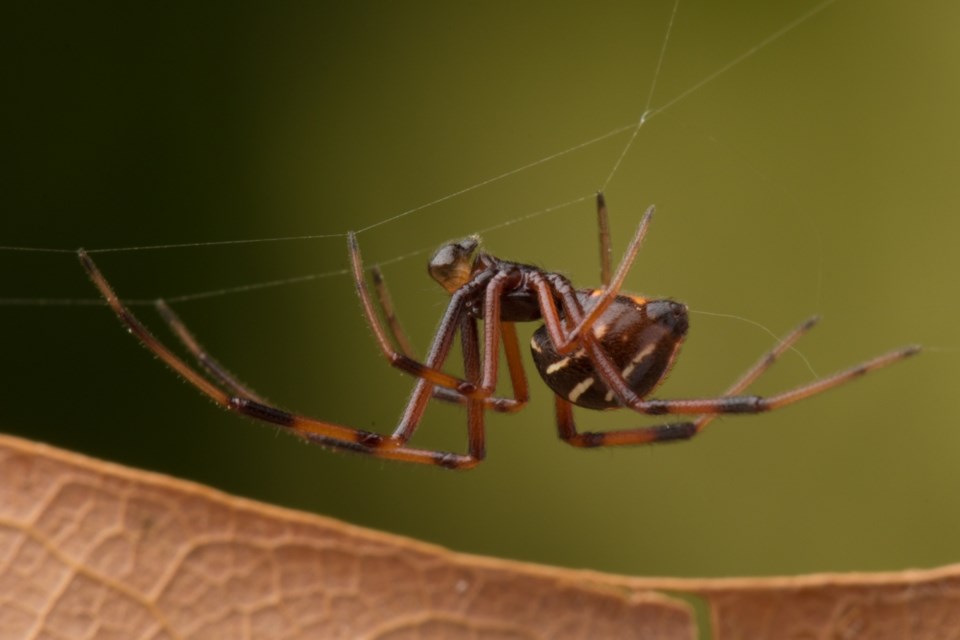Although they are rarely seen, new research on North American spiders shows the Northern Widow does exist in eastern Ontario and parts of Quebec.
Professor and Dean of Students at McGill University Christopher Buddle told The Rick Gibbons Show on 1310 NEWS, as the climate changes, ranges for certain species will shift, and professional observations to track those shifts have been few and far between.
That's why he and his team recruited volunteers to help collect numbers for their project.
"The citizen science data was essential in modelling distributions of spiders," Buddle explained. "People who are excited about discovering where species live can contribute in meaningful ways to scientific progress and this is exciting, important, and is changing how we do research."
Listen to the full conversation with Christopher Buddle:
He said there are five or six widow-related species on the continent, but the Northern Widow is most likely to be seen in the Ottawa region.
It is venomous, but a bite is not life-threatening for most people, and Buddle said bites are extremely rare.
Black Widow populations have moved a bit farther north, according to the McGill research project, but are still mostly limited to areas of southern Ontario.
Buddle said species distribution maps are essential tools for understanding an organism's ecology, forecasting how it will be affected by climate change and other activities, and planning management strategies.
Detailed knowledge of most species' ranges is lacking, since the number of professional field biologists contributing information and specimens to museum collections - the principle source of range information - has been small.
The next step in Buddle's project will be to conduct sampling efforts in typical habitats associated with species in their predicted range, to further validate the models.
The McGill researchers are calling on citizen scientists, by launching a monitoring project through a platform such as BugGuide and iNaturalist to produce a large-scale sampling effort.
